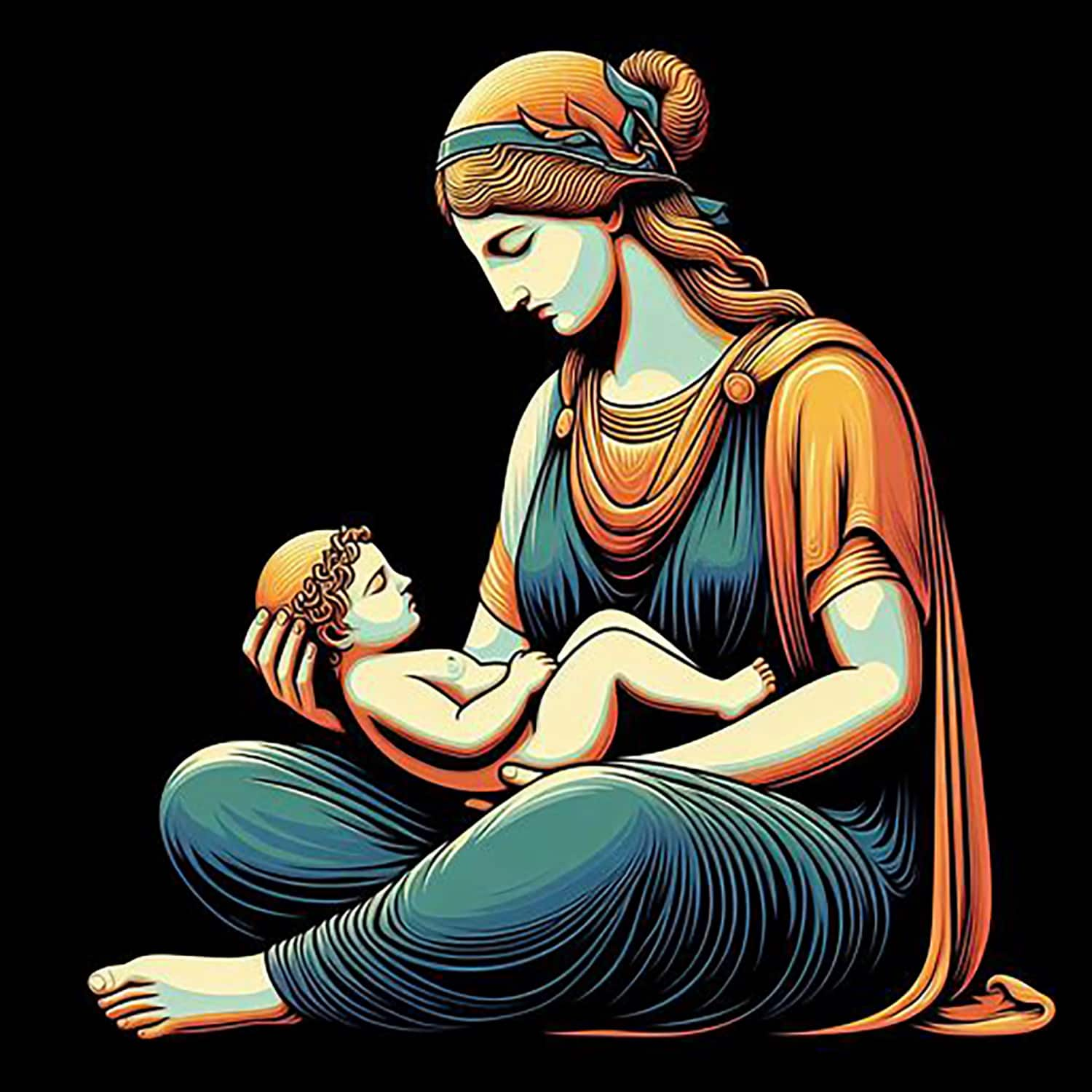Eileithyia: Greek Deity of Childbirth and Labor
Hesiod (c. 700 BC), Apollodorus (c. 180-120 BC), and Diodorus Sicilius (c. 90-27 BC) regarded Eileithyia as the daughter of Zeus and Hera, thus the sister of Hebe and Ares.

Hesiod (c. 700 BC), Apollodorus (c. 180-120 BC), and Diodorus Sicilius (c. 90-27 BC) regarded Eileithyia as the daughter of Zeus and Hera, thus the sister of Hebe and Ares.

